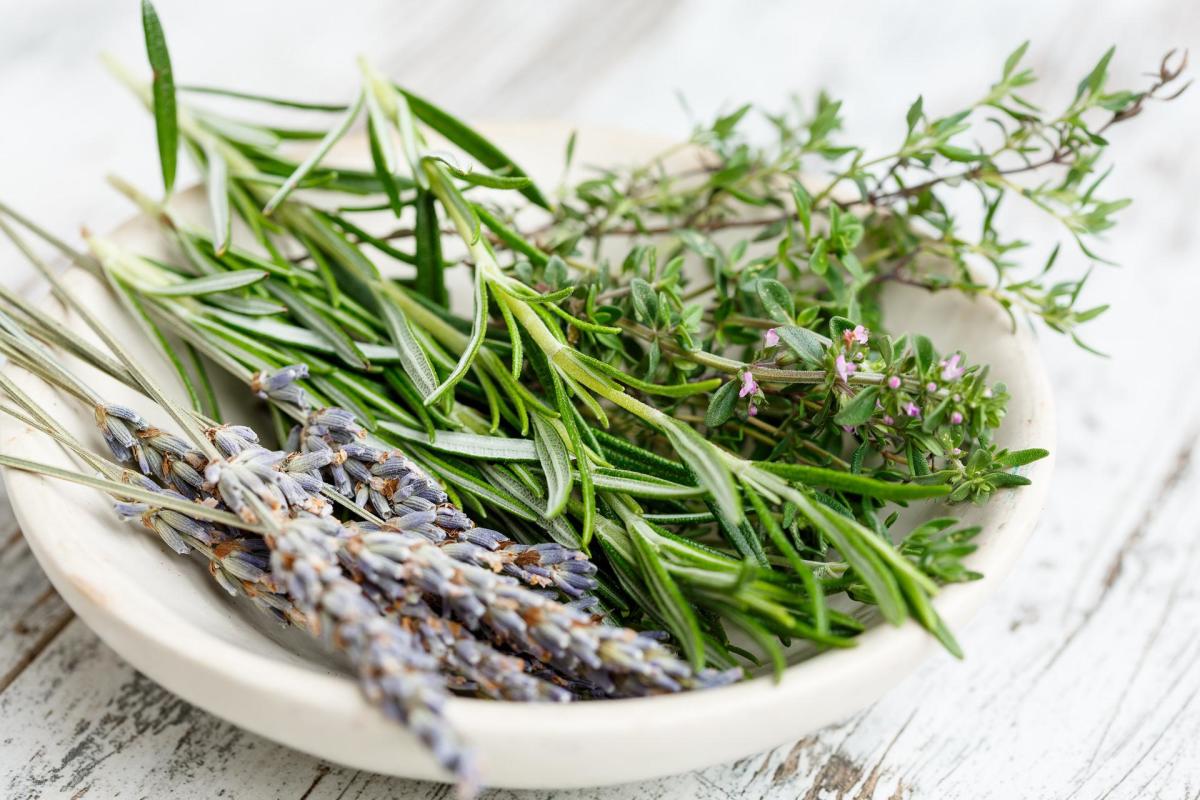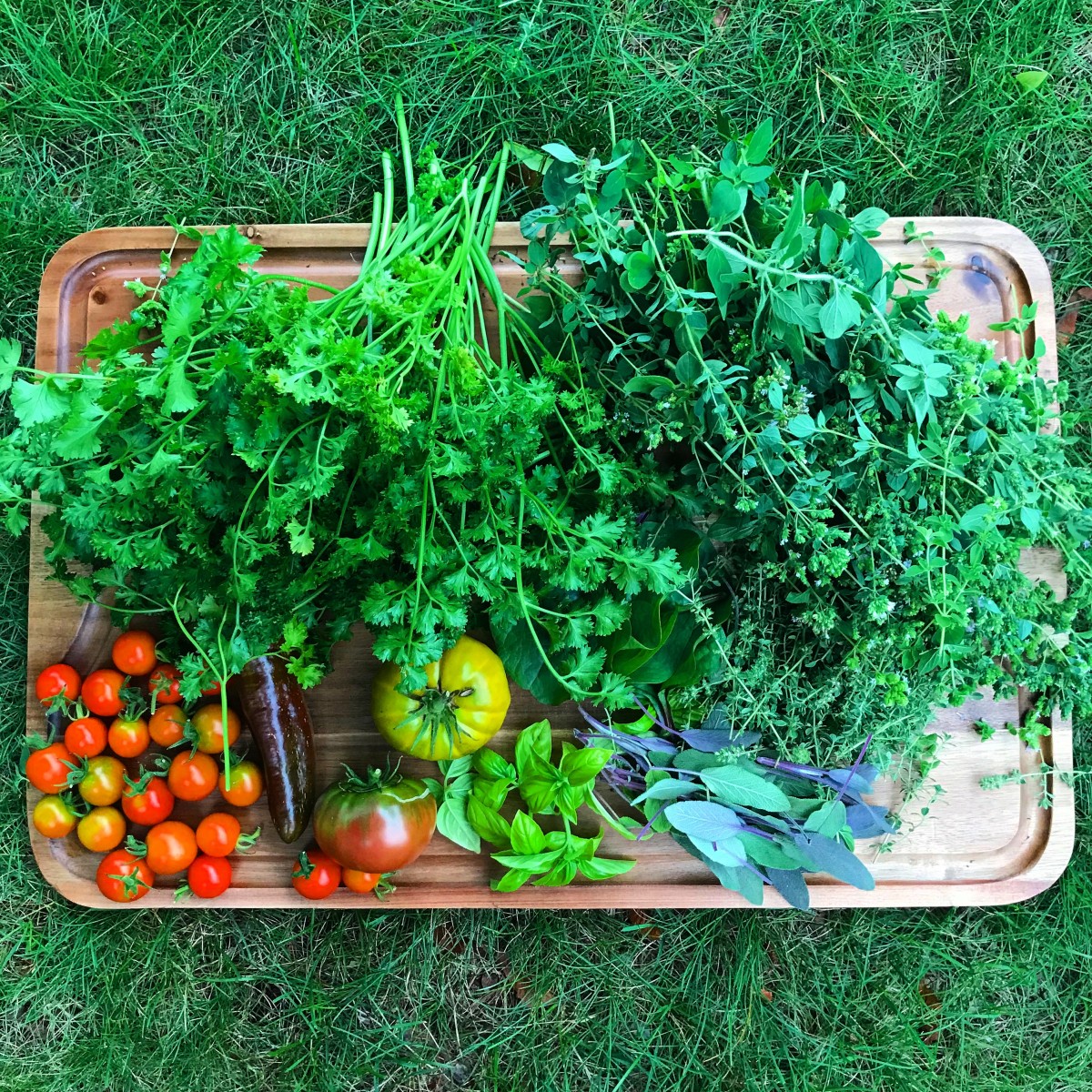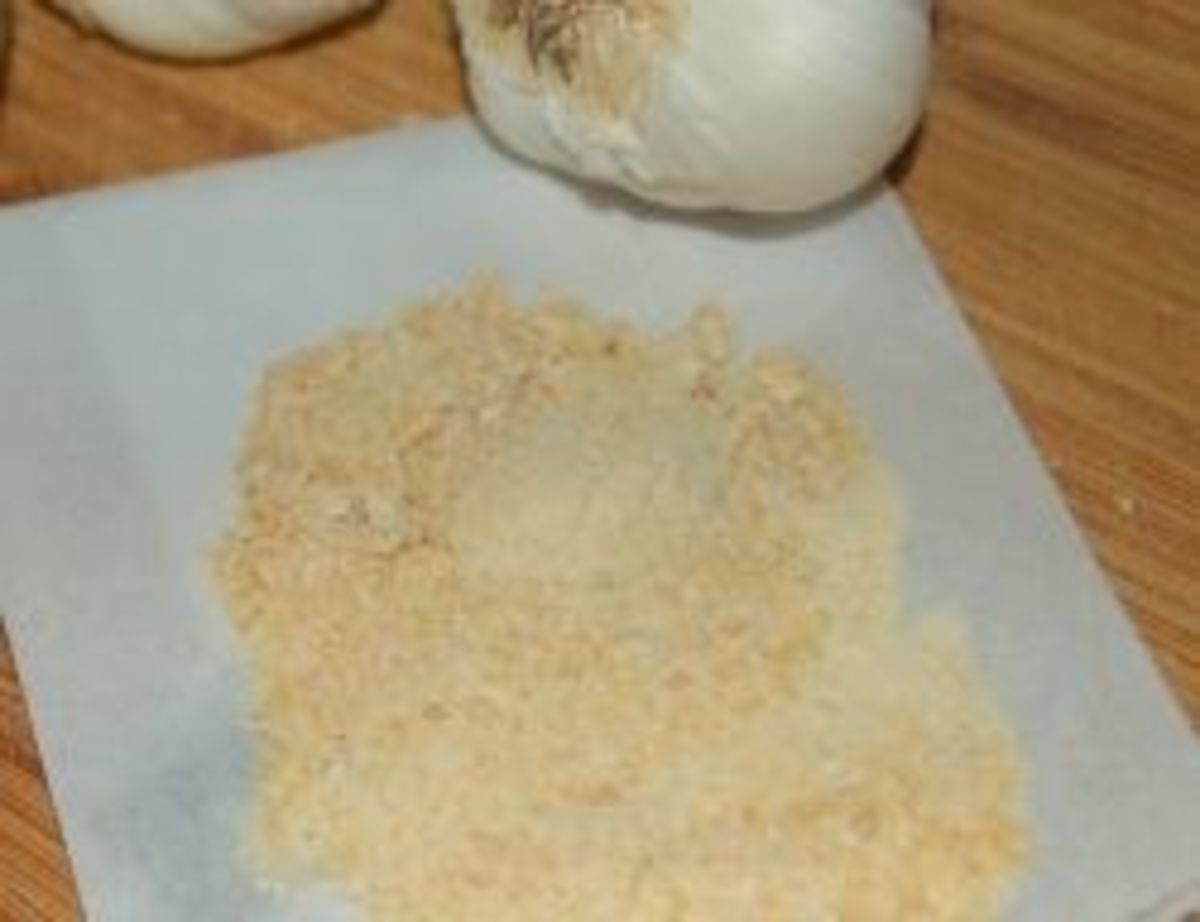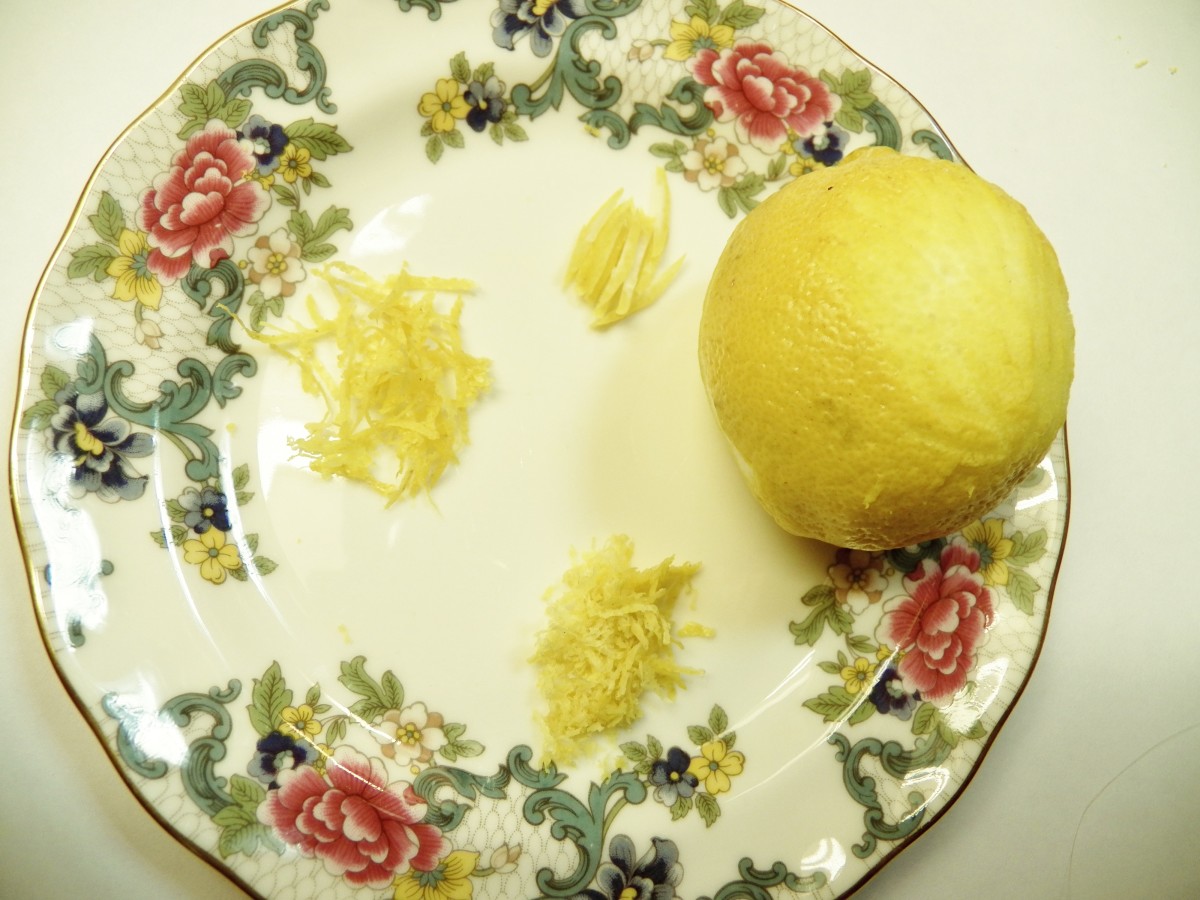How to Dry Mushrooms
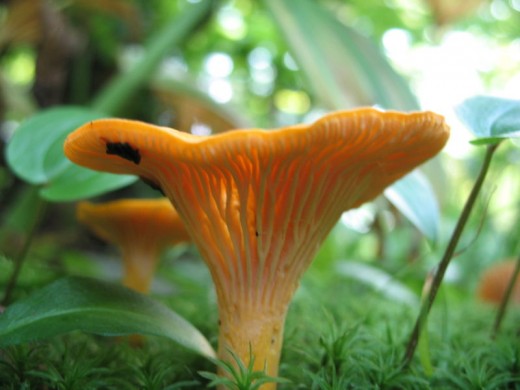
Drying Mushrooms
Have you ever seen some delicious variety of mushrooms on sale and know that you can't possibly eat them all before they go bad? Or perhaps you are lucky enough to go on a mushroom-picking tour with an expert, and can gather your own! So what do you do with all the ones you can't eat right away? Here are some time-honoured and very easy ways to preserve them so that you can enjoy that great flavour and nutrition without worrying about your precious fungi spoiling before you can use them!
Warning:
If you're a mycological collector, and you just want to preserve your specimens, make sure that you are using equipment that is separate from your food equipment. Otherwise you could risk poisoning yourself!
Preparatory Steps
- Clean and sort your mushrooms. Brush off dirt with a damp paper towel but don't wash them if at all possible. If they must be washed, do it quickly and with as little contact with water as possible.
- Now you have your choice of any of four different methods for drying. Each of these methods works quite well: just pick the method below that you prefer.
The Refrigerator Method
The refrigerator method is excellent for drying whole specimens, and will work for either small or large batches. The best choice is a refrigerator with wire shelves, although they will dry just fine in a refrigerator with glass shelves, too.
First, wrap each piece individually tightly in a paper towel to absorb moisture, and set in a warm place for about four hours. The paper towel should absorb a lot of moisture. Next, place it, unwrapped, on a wire shelf in the refrigerator, underneath the circulating fan. Because refrigerators are very dry environments, the mushrooms will dry before they can spoil. For more than one piece, make sure that they do not touch each other. If you have glass shelves, place mushrooms on a wire baking rack or something similar, where air can circulate underneath them and rotate them once a day.
Food Dehydrators Can Save Money!

The Dehydrator Method
Whether you want to keep your mushrooms whole, or slice them up, a home food dehydrator is a good choice for drying all kinds of foods. Mushrooms, with their high water content, are an especially good choice for drying in a home food dehydrator. You can do it either one of two ways: dry for two hours at 90°F, then finish for 2-6 hours at 135°F, or you can simply dry them for up to eight hours at 135°F. (Follow the manufacturer's instructions for "fruit and vegetable setting" if your manufacturer's booklet does not provide instructions for drying mushrooms.) Many dehydrators are built so that you will have to slice large mushrooms first.
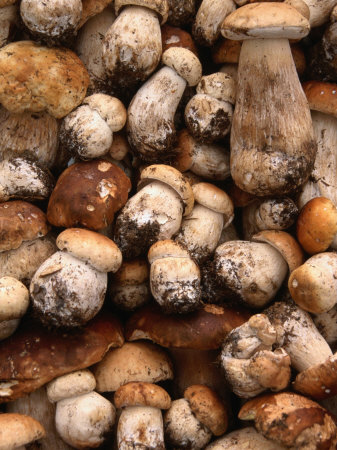
The Oven Method
I recommend using this method if you have a LOT of mushrooms to dry.
- Slice the cleaned, dry mushrooms thinly and place into shallow pans. (I use a mandoline or egg slicer to slice a lot at once, or you can use the slicer attachment on a food processor.) Do not oil the pans. However, lining the pans with a baking sheet is a good idea.
- Heat the oven to 150 degrees F, or as low as your oven will go, and let cook about one hour.
- Turn the slices over and cook another hour; keep turning the slices each hour until they dry out. For fast turning, have an extra pan handy. Place the empty pan upside-down on top of the full one, flip as fast as possible, and place the new pan back in the oven. This is a great thing to do in the autumn or winter as it will heat your house, too!
This is basically the same as the dehydrator, but you can process larger batches this way.
The Net Bag Method
- Reuse a net bag from potatoes, oranges, etc. Place cleaned, dry mushrooms in the net bag.
- Hang the bag from a hook in a dark, dry closet.
- Every day, take the bag out and gently rearrange the mushrooms so that the air gets to every part of the mushrooms and they don't remain in contact with each other in the same place for too long.
- Keep doing this until they are completely dried. A closet with a water heater or airing cupboard is great for this.
The Twine Method
- Use a length of twine depending on how low you want your mushrooms to hang: in a pantry this can be almost all the way to the floor, or it can be 1 foot in a kitchen ceiling.
- Tie a loop in the end of the twine, then tie mushrooms approximately 4" apart to the twine, making a loop under the cap.
- Hang the twine from a hook and let dry.
- (For drying outdoors) If you have very dry winters, and the temperature is not expected to get below freezing for several weeks, you can hang the mushrooms outside, preferably in a small closet where animals can't get to them. You can use either the net bag or twine method. Because outdoor humidity in winter can get well below 20%, they will dry a little faster than indoors and they will be out of your way.
Delicious!
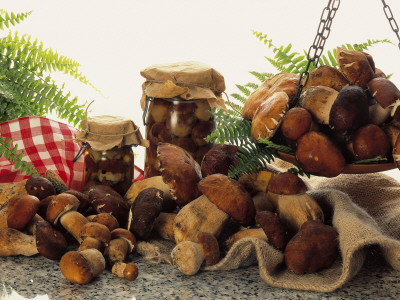
Tips and Warnings
- Dried mushrooms are much stronger-tasting than fresh, so use sparingly until you get a feel for how to use them.
- Dried mushrooms will keep for years, but they are very fragile, so handle with care!
- Store whole dried mushrooms in a net bag in a dry place. Be sure not to let them get wet!
- Reconstitute mushrooms by soaking in boiling water for half an hour. You may need to weigh them down with some glass marbles until they take on a little water. You can also reconstitute them in stock.
- Keep the water you reconstitute mushrooms in to make stock. You can freeze the new stock by putting it into ice cube trays reserved for that purpose.
- Never eat wild mushrooms unless you have the advice of an expert.
This content is accurate and true to the best of the author’s knowledge and is not meant to substitute for formal and individualized advice from a qualified professional.
© 2011 classicalgeek


